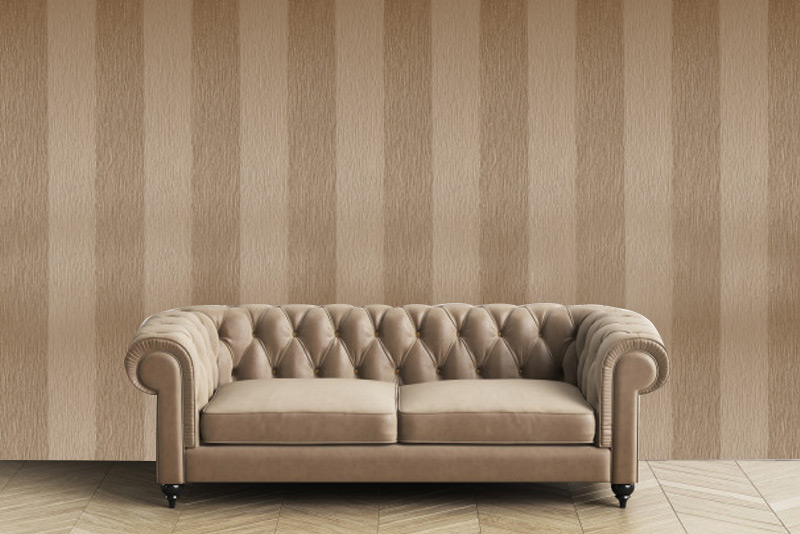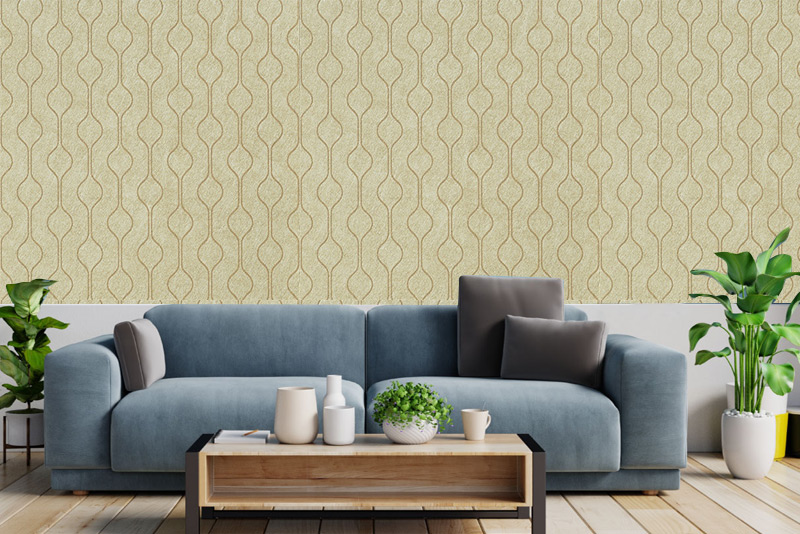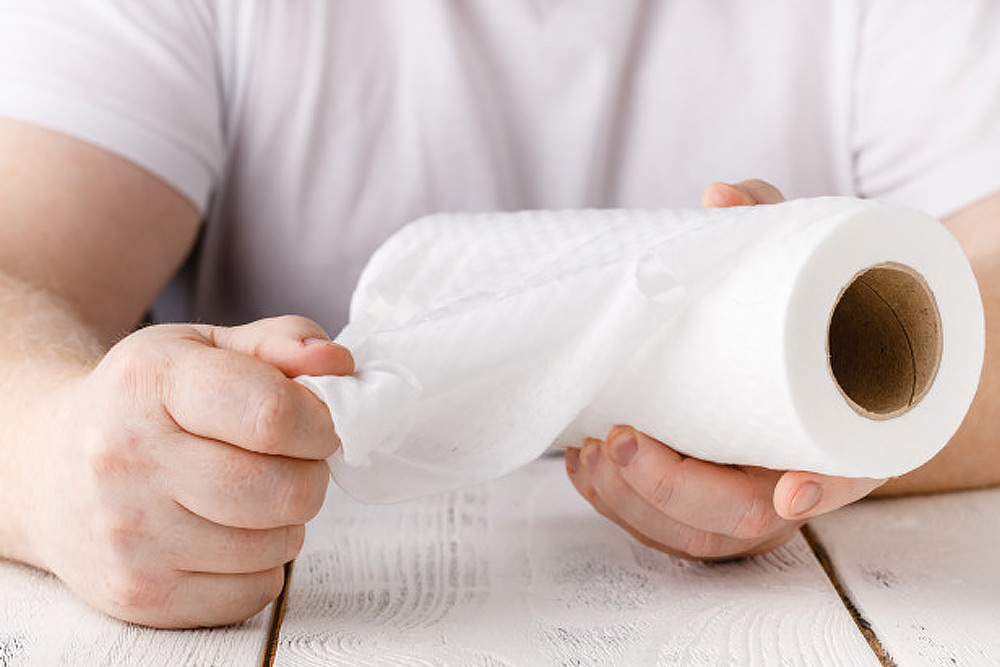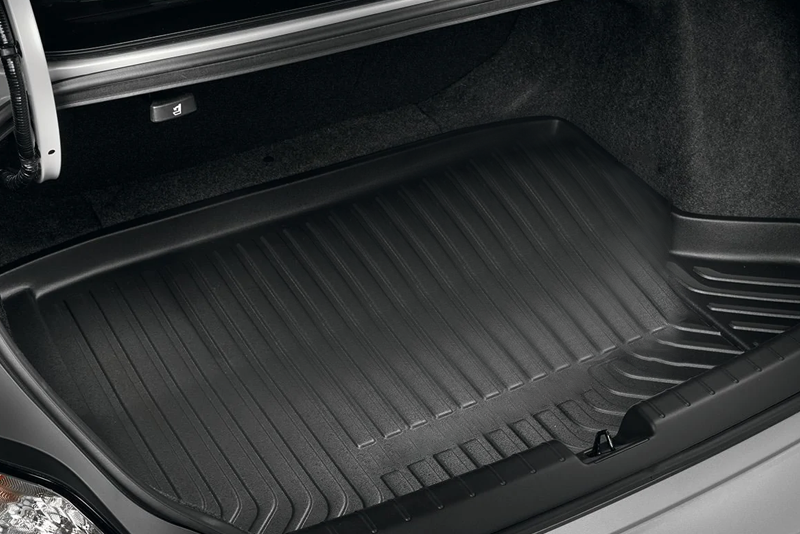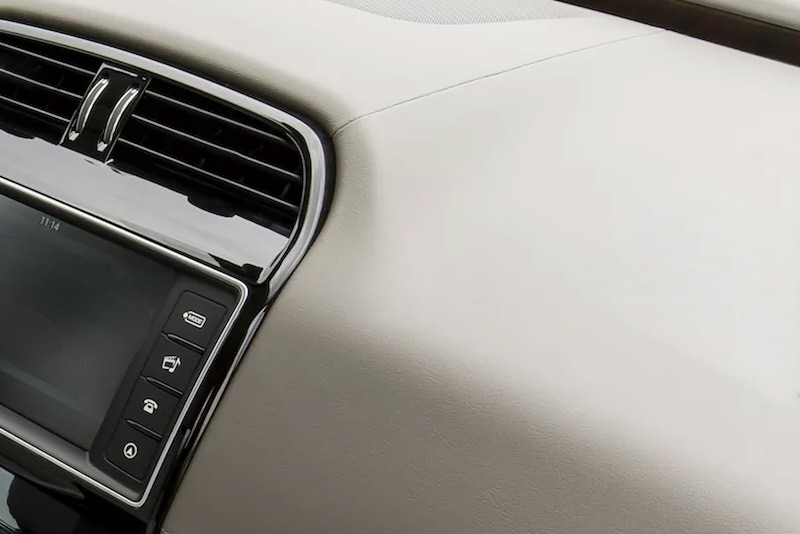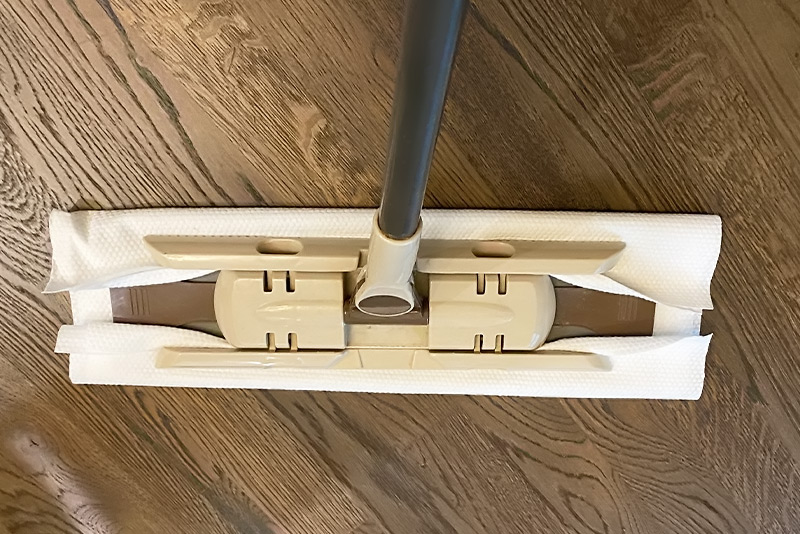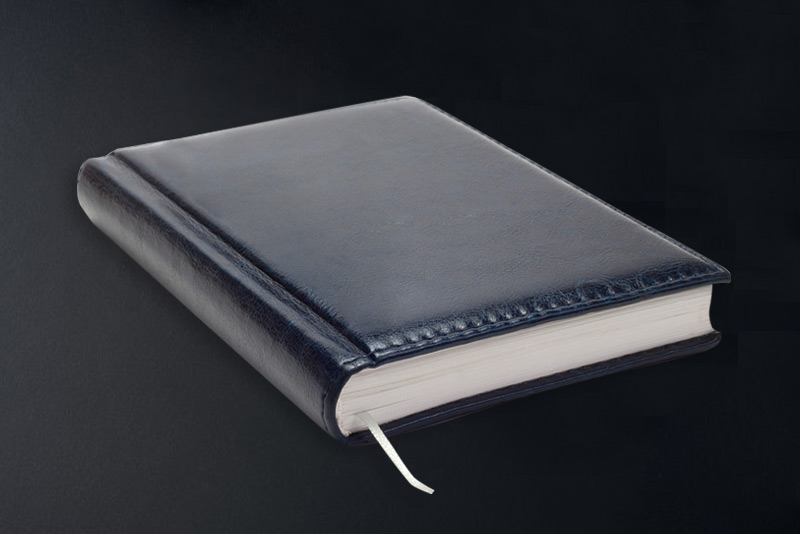Waterproof nonwoven fabric can vary in its breathability depending on its specific construction and the methods used to make it waterproof. In general, achieving both waterproofing and breathability in fabric can be a challenging balance, but some waterproof nonwoven fabrics are designed to be breathable to a certain extent.
Here are some factors that influence the breathability of waterproof nonwoven fabric:
Material Selection: The choice of materials used in the construction of the nonwoven fabric can impact its breathability. Some synthetic fibers, such as polyester and polypropylene, are inherently more breathable than others. Additionally, the type of waterproofing treatment applied to the fabric can affect its breathability.

Porous Membranes or Coatings: Some waterproof nonwoven fabrics feature microporous membranes or coatings that allow moisture vapor to escape while preventing liquid water from penetrating the fabric. These membranes or coatings are designed to be small enough to block water droplets but large enough to allow moisture vapor molecules to pass through.
Ventilation Design: The design of the nonwoven fabric, including its thickness, density, and structure, can influence its breathability. Fabrics with a looser weave or knit structure may be more breathable than those with a tighter weave or nonporous surface.
Moisture Management: Waterproof nonwoven fabrics that incorporate moisture-wicking or moisture-management technologies can enhance breathability by efficiently transporting moisture away from the body and allowing it to evaporate from the fabric surface.
While some waterproof nonwoven fabrics strive to maintain breathability, it's essential to note that achieving complete waterproofing while maintaining high levels of breathability can be challenging. In some cases, there may be trade-offs between waterproofing and breathability, and the specific performance characteristics of the fabric will depend on its intended use and design.
When selecting waterproof nonwoven fabric, it's essential to consider the level of breathability required for the intended application and to choose a fabric that strikes the right balance between waterproofing and breathability for your needs.


 English
English 简体中文
简体中文 日本語
日本語
